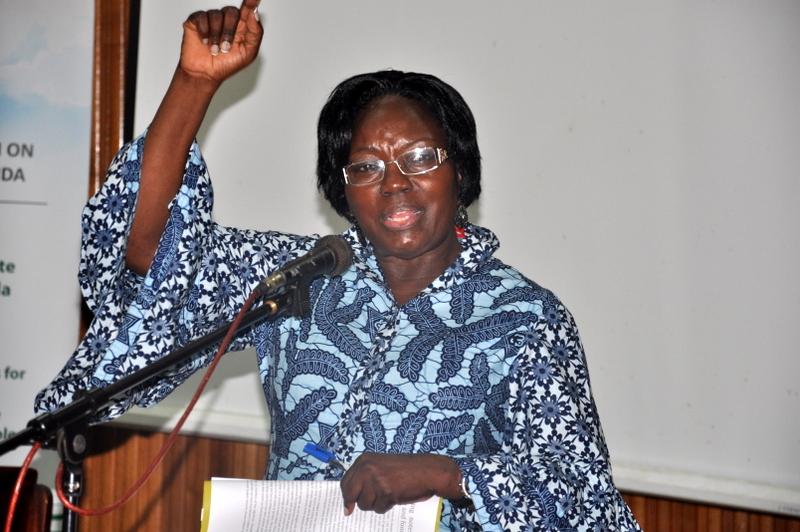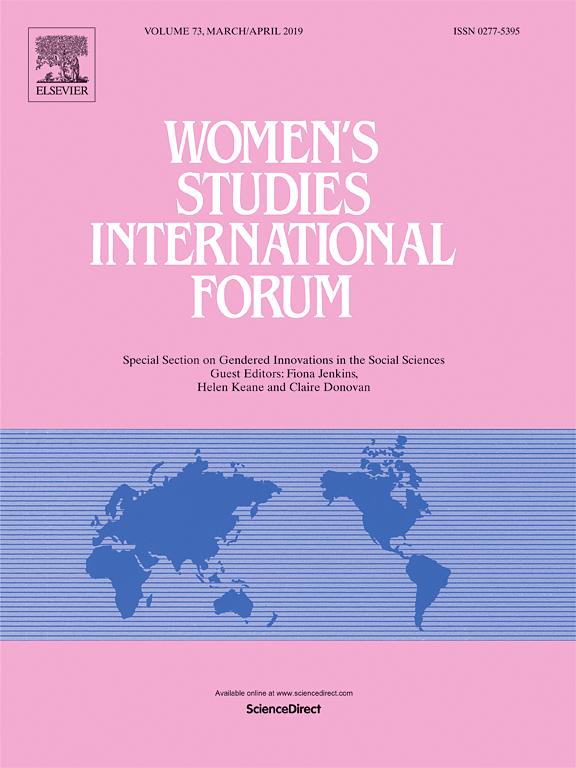Why ’gender mainstreaming’ isn’t sufficient for advancing gender equality

What happens to gender issues in agriculture and climate change adaptation when they are mainstreamed and domesticated in different governance levels?
Gender mainstreaming is a globally accepted strategy for promoting gender equality. Mainstreaming is not an end in itself but a strategy. It is an approach, a means to achieve the goal of gender equality.
The declaration of the 4th World Conference on Women, known as the 1995 Beijing Platform for Action, instituted ‘gender mainstreaming’ as the new standard that governments and organizations would follow to address gender issues globally. It has been widely adopted in national policies.
Agriculture is a fundamental part of women’s livelihoods globally, most markedly in least developed countries, where four-fifths of economically active women report agriculture as their primary economic activity. At the same time women farmers have less access to productive inputs and resources to improve returns from their farming activities and to meet the challenges of climate change. Policies, institutions and services to help farmers develop new approaches to deal with climate change will need to produce results for women farmers as well as men (Huyer et al. 2015).
Using Uganda as a case study, we examined what happens to gender issues in agriculture and climate change adaptation when they are mainstreamed and domesticated in different governance levels (i.e. national, district and sub-county). The findings suggest that it's fundamental to focus on policy discourses and instruments that are being implemented in national and sub-national governance levels. This way we can understand their links to the global discourse and how they can produce policy change.
Read the publication here.
Absence of gender in the climate discourse
We looked at national and sub-national policy documents that are in line with international norms on gender mainstreaming. All of these documents incorporated certain references to gender issues. In the sub-national development plans reviewed, gender issues were listed as one of the development priorities and were given a prominent place throughout the document.
We found a progressive disappearance of gender in climate change discourse as it translated to lower governance levels.
The domestication of gender mainstreaming in the climate change discourse in Uganda involved instances of neglecting certain gender discourses in sub-national policy documents. We found a progressive disappearance of gender in climate change discourse as it translated to lower governance levels. The discourse was prominent in Uganda's national policies, with key national policies including gender connotations. At the same time, in the district policies, the climate discourse, which was generally present, presented very limited gender connotations. The sub-county development plans presented a total absence of any gendered climate change discourse: only 38% of the plans considered climate change issues, and in none of these instances was gender mentioned. When climate change was acknowledged as a constraint to sub-county development and a matter that needed urgent adaptation and mitigation strategies, it was disentangled from gender; farmers were mentioned in general without consideration of gendered effects or the need to consider gender issues when designing climate change policies. Gender issues in climate change adaptation and mitigation processes were in this way neglected from sub-county policymaking processes.

Hon. Rebecca Kadaga, Speaker of Uganda's Parliament, at a CCAFS high-level meeting held in 2016 to present findings on gender and climate change. Photo: O. Nansamba (IITA)
The absence of gender considerations in the climate change discourse at sub-county level and the very limited gendered discourse at district level exemplify the disconnect between national and sub-national policymaking. The translation of gender mainstreaming in climate change discourse was in this way neglected as the norm advanced through the different levels of policy-making. At the local level, where climate-specific interventions are to be implemented, the gendered discourses largely disappeared. Here, gender issues were left unproblematized and excluded from policy considerations and this way rendering gender in climate change discourse unpoliticized.
Dealing with local gender dynamics
The global norm of gender mainstreaming has over the years influenced national policymaking and has been helpful in gaining legitimacy and public awareness on gender equality. However, the study shows that the formulation of the global strategy is not sufficient in dealing with highly localized and context-specific gender dynamics and structurally embedded gender inequalities. Governments and development organizations will likely need to put in place other strategies for its success, such as placing a stronger focus on promising practices already shaping gender relations in specific territories, increasing the attention to women's rights movements or establishing stronger monitoring and evaluation processes of gender transformative programs. However, for this to succeed, it will require willingness for gender transformative change and strong gender analysis capabilities from policymakers at all levels.
Read more:
- Journal article: Discursive translations of gender mainstreaming norms: The case of agricultural and climate change policies in Uganda
- Policy brief: Supporting women farmers in a changing climate: five policy lessons
- Info note: Towards gender responsive policy formulation and budgeting in the agricultural sector: Opportunities and challenges in Uganda
Mariola Acosta is a Ph.D. candidate at Wageningen University and Research. Lili Szilagyi is the Communications Consultant for the CCAFS Flagship on Priorities and Policies for CSA.




